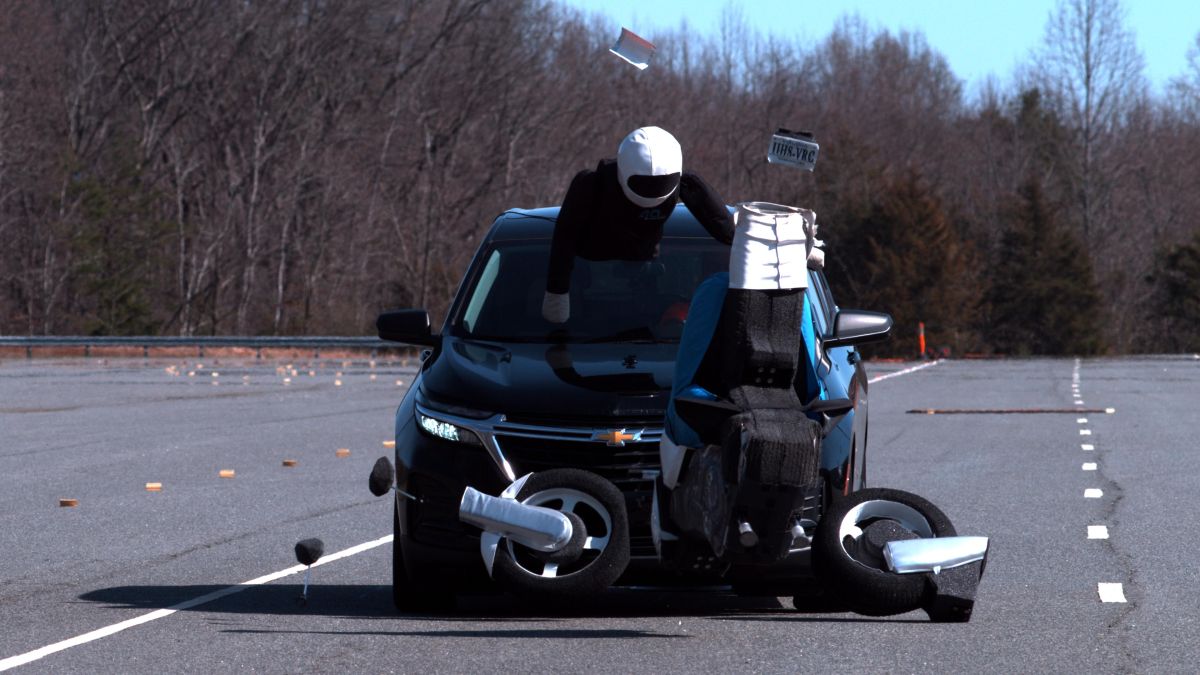The Insurance Institute for Highway Safety (IIHS) has revamped its vehicle-to-vehicle front crash prevention test, introducing higher speeds and new targets, including motorcycles and large trucks. Amidst these tougher conditions, the Subaru Forester stood out as the only small SUV to secure a "good" rating.
The updated testing protocol now involves trials at speeds of 31, 37 and 43 mph, simulating more severe crash scenarios than the previous tests which capped at 25 mph.
“This is a vital update to one of our most successful test programs,” IIHS President David Harkey said. “The vast majority of new vehicles now come with automatic emergency braking, and our research shows the technology prevents as many as half of all front-to-rear crashes. This new, tougher evaluation targets some of the most dangerous front-to-rear crashes that are still happening.”
Real-world data had shown that while automatic emergency braking (AEB) systems were effective at lower speeds, their performance at higher speeds was not being adequately tested. The new IIHS test aims to fill this gap by also including motorcycle and semitrailer targets, reflecting a wider range of real-world conditions.
“Obviously, crashes that happen at higher speeds are more dangerous,” said IIHS Senior Research Scientist David Kidd, who led the development of the new evaluation. “Deadly underride crashes often occur when the struck vehicle is a large truck, and motorcyclists are frequently killed when they’re rear-ended by a passenger car, since their bike offers no protection from the impact.”
The Subaru Forester demonstrated superior performance across multiple scenarios. It avoided collisions with the passenger car target at all test speeds and managed significant speed reductions when encountering the motorcycle target. The Forester’s AEB system slowed the vehicle by an average of 30 mph in the 43 mph tests involving a motorcycle, significantly reducing the severity of the impact.
Other vehicles like the Honda CR-V and Toyota RAV4 received "acceptable" ratings, showing variability in their ability to handle higher-speed tests, particularly with motorcycle targets. Vehicles such as the Ford Escape, Hyundai Tucson and Jeep Compass were deemed "marginal," and several others, including the Chevrolet Equinox, Mazda CX-5 and Volkswagen Taos, were rated "poor" due to their inconsistent performance across different test scenarios.









